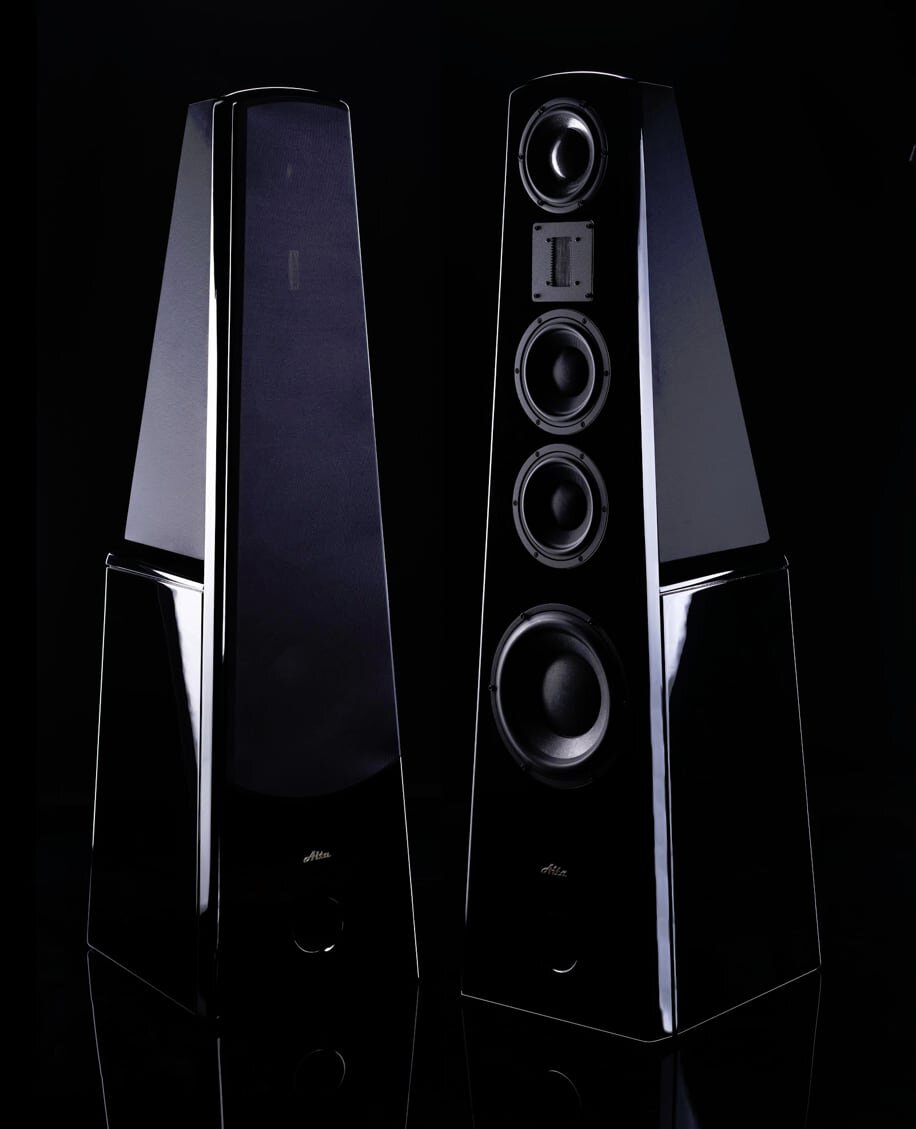Although in general I do not use in-ear headphones (buds) for personal use, I occasionally try them out at audio shows. The prices for some can be staggering at times, even exceeding $2000 per pair! But there are many fine ones that are reasonably priced, too. At the recent February 2017 CANJAM New York City show, I spotted Periodic Audio. They are easy to find: Their presentation reminds one of a hospital or a scientific lab with even the Periodic Table of chemical elements boldly shown, and the friendly and knowledgeable staff are dressed in classic white laboratory coats. The company started in 2016, they are quite new, and worthy of attention.
Periodic Audio make three models, each one referred to as an ‘In-Ear Monitor’ (IEM) and each one is named after the metal chemical element used in its diaphragm material. The least expensive is the Mg (Magnesium) at $99 (frequency response 20 Hz to 30 kHz), second is the Ti (Titanium) at $199 (frequency response 16 Hz to 30 kHz) and finally the Be (Beryllium) at $299 (frequency response 12 Hz to 45 kHz). [Photo of Be in header -- Ed].














![The Beatles in Mono; Optimal Media [14 LPs]](https://images.squarespace-cdn.com/content/v1/55787f0ae4b02f0501debbeb/1618143842318-HKFQIBT03TEHD49F5KL7/beatles.jpg)
![Maurizio Pollini: Late works of Chopin [CD]](https://images.squarespace-cdn.com/content/v1/55787f0ae4b02f0501debbeb/1618143905066-QVQ28WZRU1W9M14TIK5Y/chopin.jpg)
![Pierre-Arnaud Dablemont plays Beethoven and Bach [CDs]](https://images.squarespace-cdn.com/content/v1/55787f0ae4b02f0501debbeb/1618144002390-SO9GSTIGDZFJE17C96DJ/pierre.jpg)



![Schubert Piano Trios Op. 99 & 100; Andreas Staier, Fortepiano; Daniel Sepec, Violin; Roel Dieltiens, Cello; harmonia mundi; [2CD]](https://images.squarespace-cdn.com/content/v1/55787f0ae4b02f0501debbeb/1618148824494-9YREAIDIGUHUXIO2HWG0/schubert.jpg)